Currently, Kalyan Singh's ‘Mandal-Kamandal’ image can come to the BJP’s rescue once again when the backwards are politically in demand in UP
The BJP leaders bid a tearful adieu to Kalyan Singh, the former Chief Minister of Uttar Pradesh who was projected as the Hindu mascot by the saffron party during the Ram Janmabhoomi campaign. From Prime Minister Narendra Modi to Union Home Minister Amit Shah and from Union Defence Minister Rajnath Singh to National BJP president J P Nadda, all flew down to Lucknow or Aligarh pay their last respects to Kalyan Singh. Chief Minister Yogi Adityanath accompanied the mortal remains of Kalyan Singh to Aligarh and even went to Narora where the last rites were performed.
Kalyan Singh, the first BJP Chief Minister in UP, deserved the respect. But the way in which senior leaders made a beeline for darshan and news channels beamed the program for three days, BJP has succeeded in sending a subtle message balancing the complex Mandal and Kamandal issues. Caste and religion are bound to play an important role in the coming assembly elections in Uttar Pradesh.
Probably, this was the reason as why Samajwadi Party leaders stayed away from paying tributes to Kalyan Singh as there was a fear that this might antagonize Muslims and harm SP in assembly elections. It is no secret that Kalyan Singh had blow-hot-blow-cold relations with BJP. Twice he left the party and once he even joined hands with Mulayam Singh Yadav. In 2003, when Mulayam Singh Yadav became Chief Minister, Kalyan Singh’s son Rajveer Singh became Health Minister in his Government and continued to hold the post till 2007. In this scenario, Akhilesh and Mulayam skipping Kalyan’s funeral raised many eyebrows. Though Akhilesh has condoled the death through a tweet calling Kalyan Singh a great administrator.
BJP state president Swatantra Dev Singh took a dig at Akhilesh Yadav when he tweeted: “…. Whether love for Muslim votes prevented Akhilesh from paying homage to the biggest backward caste leader.”
Kalyan Singh, a Lodh, played an instrumental role in balancing Mandal and Kamandal issues. This was in the 80s when BJP’s aggressive Hindutva was challenged by the rising tide of backward caste politics. The onerous task before the BJP was how to propel Hindutva amid rising caste politics. The brilliant answer was Kalyan Singh - the backward caste leader from the Lodh community. His era became the starting point of BJP’s caste calculations and broadening of the Hindutva base across the caste fault lines.
Singh’s emergence gave BJP the leverage to call itself a ‘sarv-hara’ because, with one brilliant stroke, the saffron politics, till then largely seen to be aligned with the Hindu upper castes, was redefined. “For the Sangh and the BJP, which have not mustered much around the caste dynamics, the necessity to counter the rising tide of Mandal politics was making it imperative to look towards their own leaders for an answer to the new challenge. Singh a prominent OBC face was best suited. He was the personified synthesis of Kamandal and Mandal,” said Pranshu Mishra, a political commentator.
In the present-day scenario, Kalyan Singh’s caste and Hindutva image can come to the rescue of BJP once again when the backwards are much in demand politically. It is believed that in the Yogi regime, backwards are feeling alienated. This led to the murmur of even projecting Keshav Prasad Maurya, Deputy Chief Minister in the present political dispensation, as next Chief Minister. In the recent expansion carried out in the Modi cabinet, four out of seven ministers from UP are from backward castes.
In UP politics Yadavs are the dominant backward caste. As it forms the bulwark of Samajwadi Party’s support base, the other political parties are locked in an intense race to woo non-dominant or non-Yadav, other backward castes (OBCs), who constitute about 40 percent of the population. The ruling BJP got a good share of OBC votes in the 2014 Lok Sabha elections, 2017 UP Assembly election, and 2019 Lok Sabha polls.
Castes like Sahus, Kashyaps, Sainis, Kushwahas, Mauryas, Shakyas, Pals, Dhangars, Gaderiyas, Kumhars, Nishads, and Mallas are much in demand. The BJP in 2017 had also expanded its reach among OBCs by allying with Om Prakash Rajbhar’s Suheldev Bhartiya Samaj Party (SBSP) and the Nishad Party in 2019. The SBSP, however, broke off ties after the 2019 Lok Sabha elections despite Rajbhar being made a Cabinet minister in the Yogi Government and his son and other supporters given chairmanships of state-run corporations. The break-up with Rajbhar has hit the BJP and therefore it is trying desperately to woo Nishad and other non-dominant OBCs.
The Nirbal Indian Shoshit Hamara Aam Dal (NISHAD) Party’s President Sanjay Nishad has asked for 70 seats and ministerial posts in the coming assembly elections. In the meeting of the party’s national president JP Nadda, Home Minister Amit Shah, state organization general secretary Sunil Bansal along with the state Chief Minister Yogi Adityanath in Delhi last week made it clear that if BJP wants their support it will have to ensure a respectable share in power. The BJP has agreed to give a vacant seat of the nominated quota of the Legislative Council to Sanjay Nishad but is so far non-committal about seat-sharing for the assembly elections.At present Nishad Party does not have a member in either House of legislature. Sanjay Nishad’s son Praveen Nishad is MP from Sant Kabir Nagar.
So, with the death of Kalyan Singh, BJP ensured that the right signal should go among the backwards. That is why on August 22 Prime Minister paid tributes while the next day the Union Home Minister flew down to Aligarh. On both days, Kalyan Singh and BJP remained in the limelight. Secondly, Keshav Prasad Maurya, the PWD minister, proposed that the road leading to Ram Temple in Ayodhya will be called Kalyan Singh Road. He also announced roads in Aligarh, Bulandshahr, and other parts of the state would be named after Kalyan Singh, whose Lodh community has a sizeable presence in over two dozen assembly seats in central and western UP.
Singh rose to power riding the Ram Temple movement of which he was one of the main crusaders. But it is ironic that he wanted to attend the foundation laying ceremony of the Ram temple held on August 5, 2020, but could not do so due to his health problem.
The year 2020 was a landmark year for Kalyan Singh. After Babri Mosque was demolished on December 6, 1992, he resigned taking moral responsibility. Cases were filed against him by the CBI, which was probing the demolition case. A total of 49 cases were filed in 1992 and in the second case FIR number 198 his name along with, LK Advani, Murali Manohar Joshi, and Uma Bharati were named for promoting religious enmity and instigating riots. On September 13,2020, after 28 years, the Special CBI Court in Lucknow acquitted all the 32 accused in the Babri Masjid demolition case including Kalyan Singh.
After the acquittal Kalyan Singh told the waiting media: “Now I can die in peace.”
(The writer is Political Editor, The Pioneer, Lucknow Edition. The views expressed are personal.)
(Courtesy: The Pioneer)







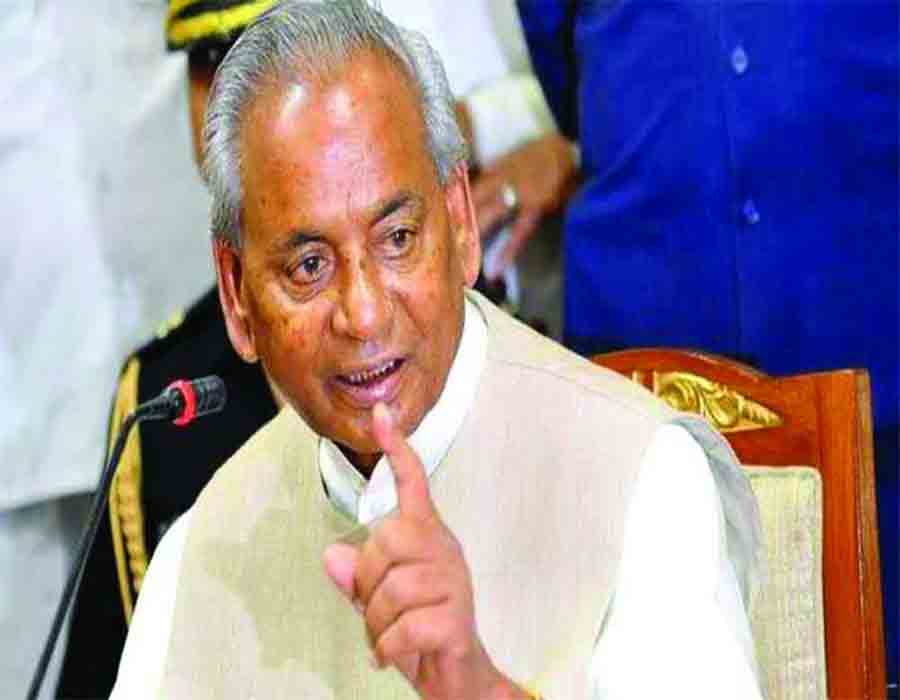
 OpinionExpress.In
OpinionExpress.In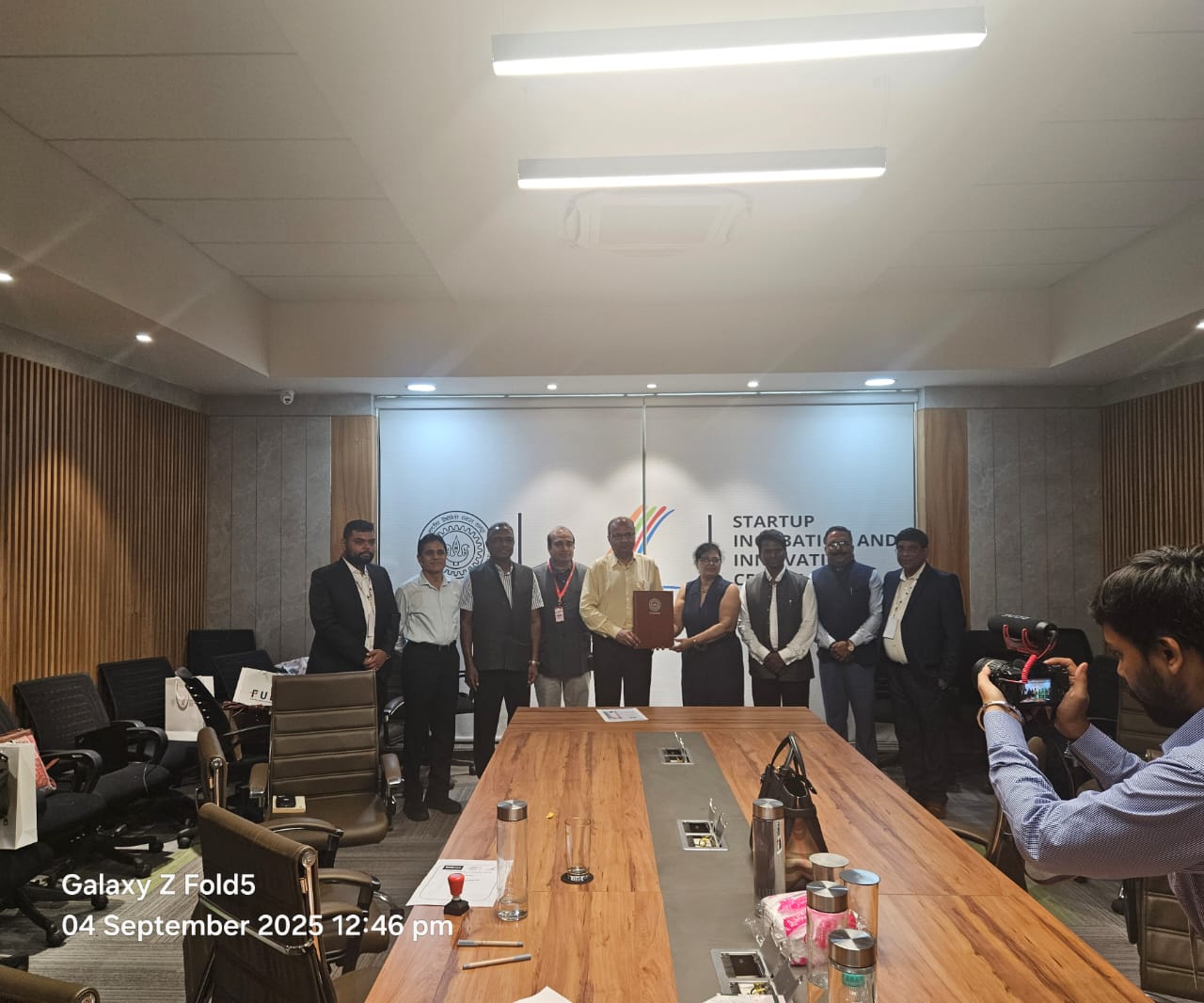
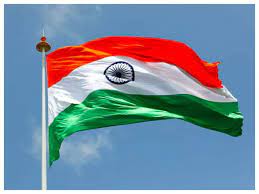
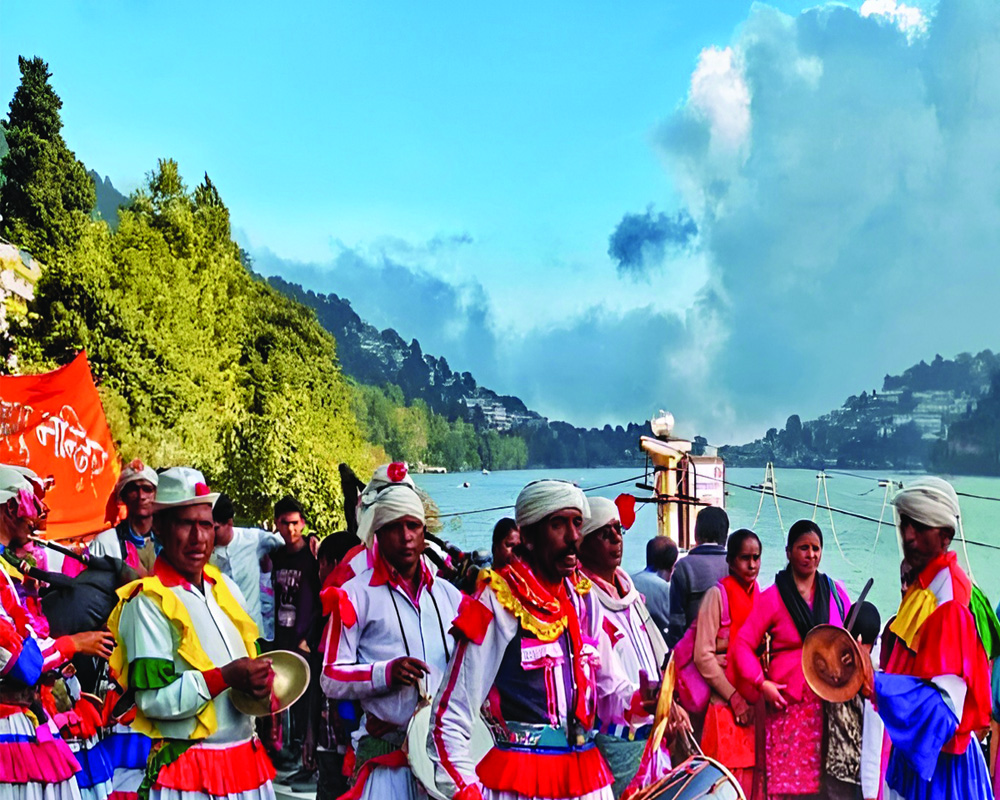










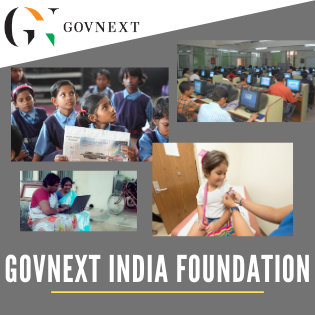

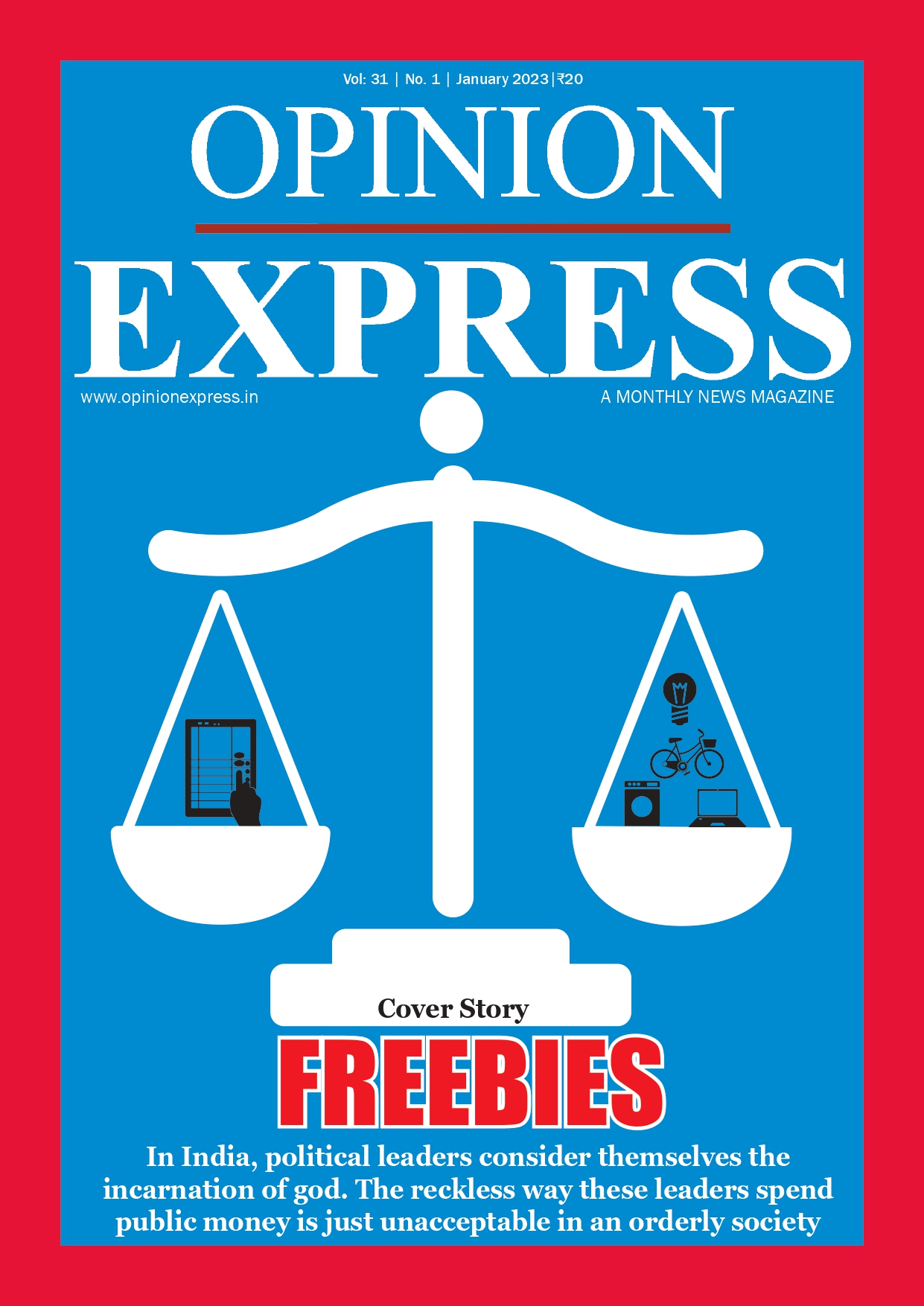
Comments (0)